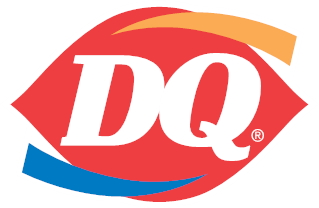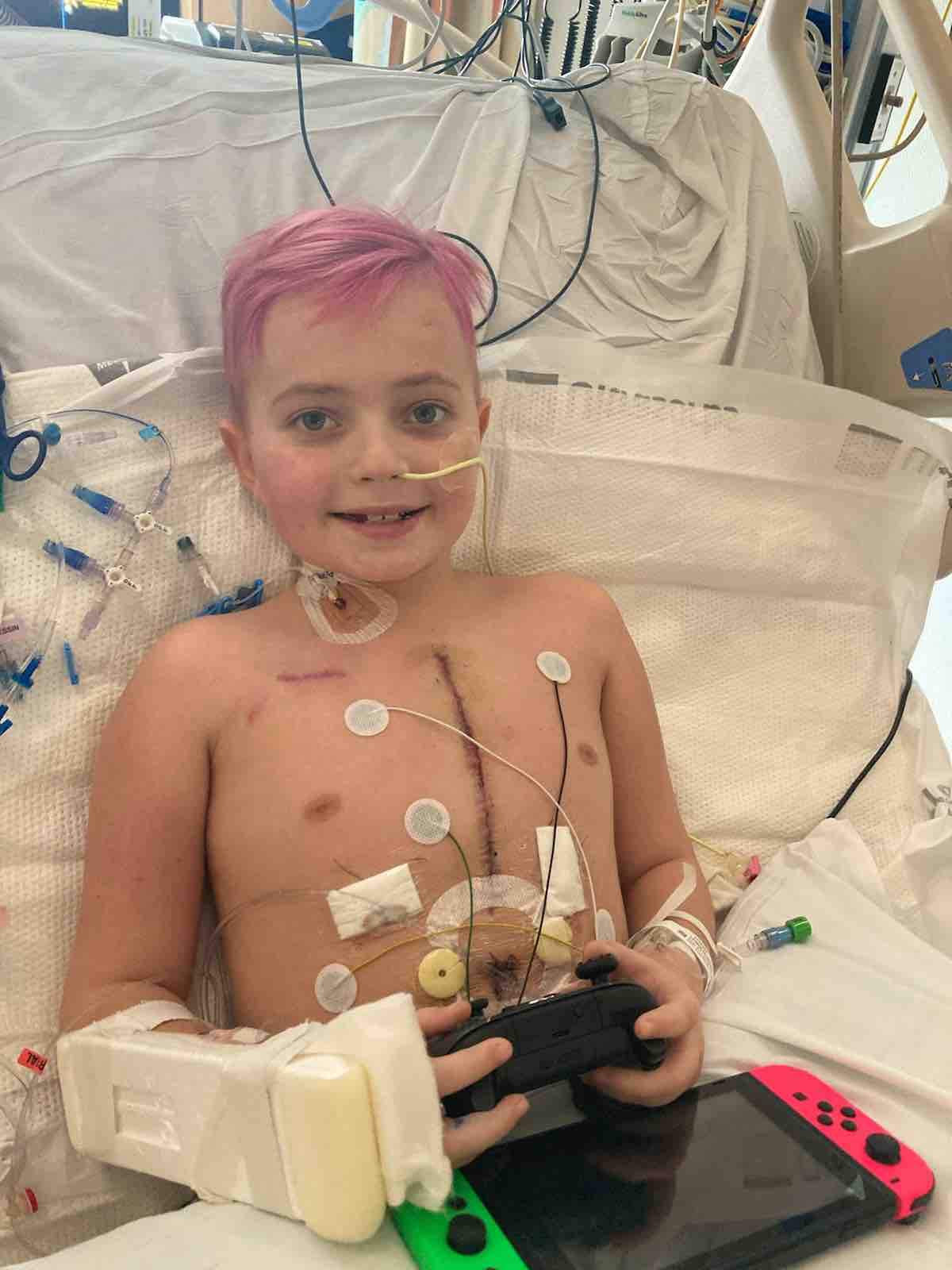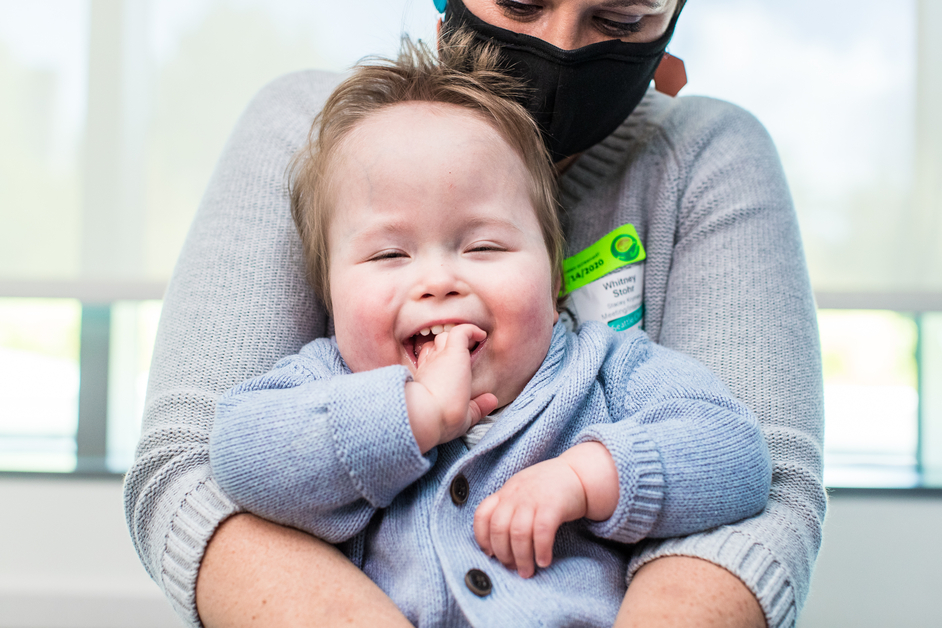Study Could Help Predict Aneurysm Risk for Kids with Kawasaki Disease

In honor of National Kawasaki Disease Awareness Day on January 26, we are sharing the story of Olivia, a 9-year-old who lives with the disease. Research at Seattle Children’s aims to improve life for children with this condition who are at risk for aneurysms.
When Olivia Nelson was 3 years old, her parents noticed that she had a fever that wouldn’t get better. They brought her to a nearby hospital, where she spent about two weeks being screened for diseases. As doctors tried to find a diagnosis, a lymph node on Olivia’s neck became swollen. Alarmed and wanting an answer, the Nelsons asked to transfer to Seattle Children’s.
“It was very frustrating,” said Olivia’s father, Trevor Nelson. “She was in the hospital for two weeks in and out, and they still couldn’t figure out what was happening.”
Soon after the family arrived at the hospital, Olivia was diagnosed with Kawasaki disease, a serious inflammatory condition affecting the eyes, lips, hands and coronary arteries. The disease affects about 7,000 children in the U.S. each year. Though the family was relieved to have a correct diagnosis, they learned Olivia had developed coronary aneurysms, the enlargement of her coronary arteries due to the persistent inflammation.
A new study funded by the National Institutes of Health (NIH) could improve the quality of life for children with Kawasaki disease at risk of developing coronary artery aneurysms like Olivia did. Dr. Michael Portman, a cardiologist at Seattle Children’s Heart Center Kawasaki Disease Clinic and researcher at Seattle Children’s Research Institute, hopes to find genetic biomarkers that will predict which patients will not respond to the standard treatment and thus have a higher risk of developing coronary artery problems.
You can read more about Olivia’s story and Dr Portman’s research on Seattle Children’s “On the Pulse” blog HERE.






